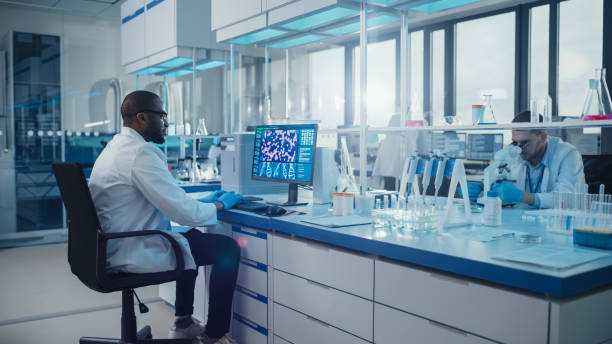Accurate, timely, and compliant results are the Holy Grail for US laboratories. Given the stakes, LIS (Laboratory Information System) features such as workflow automation, sample tracking enhancement, and data integrity improvements help minimize manual errors. Unlike bookkeeping or antiquated systems, LIS functions in real-time, mitigates human error, and augments efficiency to unprecedented levels.
Whether your laboratory specializes in clinical diagnostics, research, or pathology services, LIS integration ensures the accuracy, compliance, and documentation of each sample. This article outlines the strategies employed by leading US laboratories that utilize Laboratory Information Systems (LIS) to reduce rework, comply with regulations, and simplify complex workflows, thereby enhancing patient and stakeholder value.
Automation Removes Repetitive Duties
Repetitive and manual data entry is one of the leading causes of lagging lab productivity, accuracy, and efficiency. A Laboratory Information System eliminates data entry through automation by synchronizing lab instruments, patient records, and reporting. Sample identification, barcode scanning, and result reporting also happen automatically, enhancing accuracy and reducing the risk of transcription and mislabeling errors, severely undermining lab efficacy.
Increases Productivity in all Departments
With LIS step redundancy removed, end-to-end visibility, and automation, technician-managed high-volume testing achieves consistent quality. Through real-time data access, departments are in sync, reducing turnaround time and improving productivity.
Integration into Laboratory Instruments
Modern labs feature highly sophisticated devices that require the utmost collaboration to operate effectively. LIS interfaces with instruments to ensure that all apparatus, including analyzers, centrifuges, and LIS, communicate directly—none should require manual uploads or calculations. Such data transfer enhances consistency and validation of speed.
Lower Downtime and Lower Rework
The need to cross-check data across separate systems poses an integration barrier, potentially leading to downtime due to human delay or miscommunication. Integration enables lower downtime, allowing more time to be spent analyzing results and less time spent fixing preventable issues.
Compliance and Security Features Built-in
Compliance with US HIPAA, CLIA, and CAP standards is mandatory. Leading LIS platforms offer advanced features, including specialized audit trails, digital access logs, role-based permissions, and encryption, which protect sensitive patient data while ensuring labs remain audit-ready.
Sophisticated Sample Management and Tracking with Precision
Including advanced LIS tracking features mitigates the risks associated with tendering misplaced or late samples, which can compromise a clinic’s reputation and jeopardize patient safety. Every sample is guaranteed to be tracked from the moment it arrives at the lab until the deliverable is submitted. With polished action auditing, automated notifications, and real-time dashboards, confusion within laboratories can be addressed or, indeed, eliminated.
Conclusion
Adopting an integrated Laboratory Information System is not a change towards digital use, but rather a complete overhaul in the workings of any laboratory—the remarkable modernization advocates for contemporary precision laboratories by functioning with automated systems alongside verifiable Laboratory Information System (LIS) platforms. The systems should be switched without hesitation for laboratories still seeking to minimize errors and optimize reliability and speed in achieving results.


